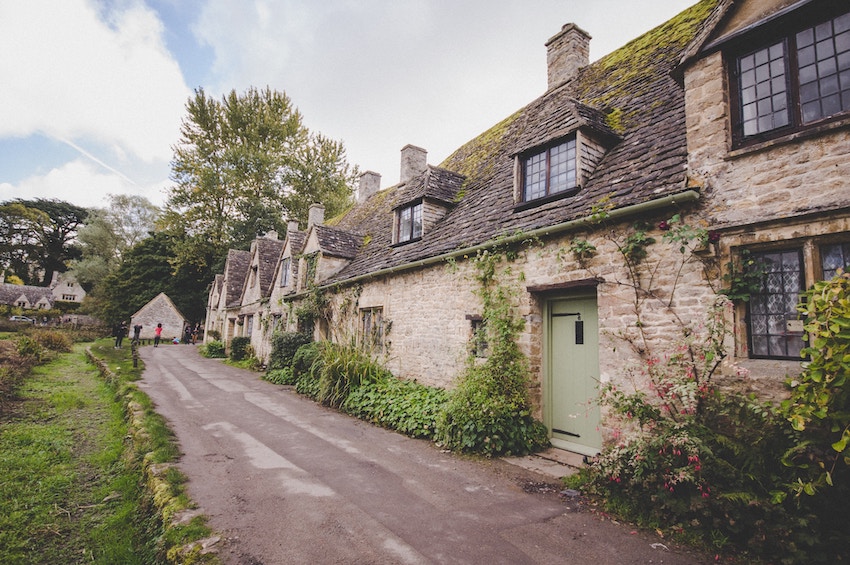Today, we’re tackling an important issue that’s been making waves in the construction and roofing industries: the skyrocketing costs of building materials. As essential components of any building project, both sectors have been feeling the pressure of adapting to these changing market conditions. In this article, we’ll explore the reasons behind the rising building material costs, the challenges faced by businesses, and the innovative strategies being adopted by roofing companies to overcome these hurdles.
The Driving Forces Behind Rising Material Costs
To better understand the challenges faced by the roofing and construction industry, let’s first take a look at the primary factors contributing to the increase in building material costs:
Supply chain disruptions: The COVID-19 pandemic caused unprecedented disruptions in global supply chains, resulting in material shortages and delays.
Increased demand: As construction projects resumed post-pandemic, the demand for building materials surged, further exacerbating the situation.
Environmental and regulatory factors: Climate change and other environmental concerns have led to increased regulations, which can impact material costs and availability.
Challenges Faced by the Roofing and Construction Industry
The rising costs of materials have created a domino effect, posing several challenges for businesses in the roofing and construction sectors:
Increased project costs: The higher costs of materials like lumber, steel, and concrete directly impact project budgets, putting additional financial strain on businesses and clients.
Labor shortages: As the demand for construction projects grows, skilled labor has become more expensive and harder to find.
Extended project timelines: Material shortages and supply chain disruptions can lead to delays, extending project timelines and potentially increasing costs.
Innovative Strategies for Overcoming Challenges
To navigate these challenges, businesses in the roofing and construction industries must think outside the box and adopt new strategies. Pitched roofs still remain the most popular option, however they require more timber which is at a premium.
Embracing alternative materials: As previously mentioned, businesses can explore cost-effective and sustainable alternatives to traditional materials. Some options include:
Recycled materials: Using recycled steel, rubber, or plastic can help lower material costs while promoting sustainability.
Green roofing solutions: Green roofs, also known as living roofs, are covered with vegetation, providing energy efficiency benefits and potentially reducing material costs.
Cool roofs: These are designed to reflect sunlight and absorb less heat, which can reduce energy consumption and provide long-term cost savings.
Streamlining operations: Improving operational efficiency is essential for businesses looking to reduce costs and enhance productivity.
Some ideas include:
Adopting prefabrication and modular construction: These methods can help save time and reduce waste by assembling building components off-site, ultimately reducing labor and material costs.
Implementing digital solutions: Leveraging technology such as Building Information Modeling (BIM) and project management software can streamline communication, improve collaboration, and increase efficiency in construction and roofing projects.
Continuous improvement and training: Regularly reviewing processes, identifying inefficiencies, and investing in employee training can help businesses stay competitive and adapt to changing market conditions.
Collaborative partnerships: Fostering strong relationships with various stakeholders can lead to better solutions and more reliable supply chains.
Some approaches include:
Joint ventures and strategic alliances: Partnering with other businesses in the industry can enable companies to pool resources, share risks, and access new markets.
Engaging with local suppliers: Building relationships with local suppliers can improve material availability and lead to cost savings through reduced transportation expenses.
Encouraging client involvement: Involving clients in decision-making processes can help identify cost-saving opportunities and enhance customer satisfaction.
Diversifying services: Expanding the range of services offered by a roofing or construction business can help mitigate the risks associated with fluctuating material costs.
Some diversification strategies include:
Offering maintenance and repair services: Providing ongoing maintenance and repair services can create a steady revenue stream, even during periods of material cost volatility.
Expanding into energy-efficient solutions: Offering services such as solar panel installation or energy-efficient retrofits can attract environmentally-conscious clients and create new revenue opportunities.
Exploring niche markets: Targeting specific niches, such as historic building restoration or specialized industrial construction, can open up new markets with less competition.
By embracing these innovative strategies, businesses in the roofing and construction industries can better adapt to rising material costs, overcome challenges, and continue to grow in a dynamic market.
The rising costs of building materials have undeniably impacted the roofing and construction industries, presenting new challenges for businesses of all sizes. However, by understanding the underlying causes and adopting innovative strategies, companies can adapt to these changes and continue to thrive in an ever-evolving market.







